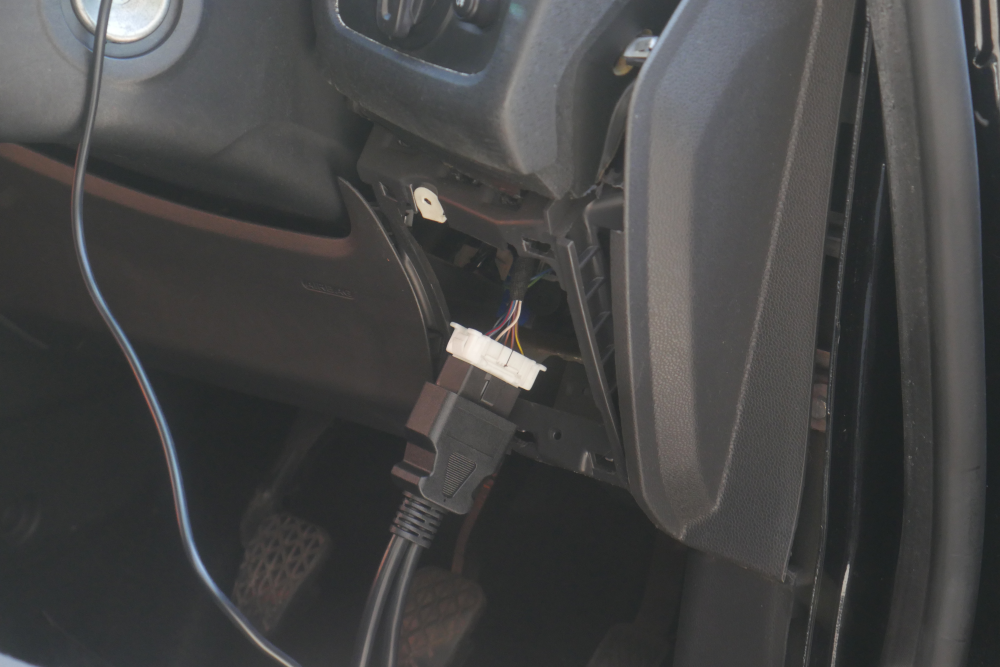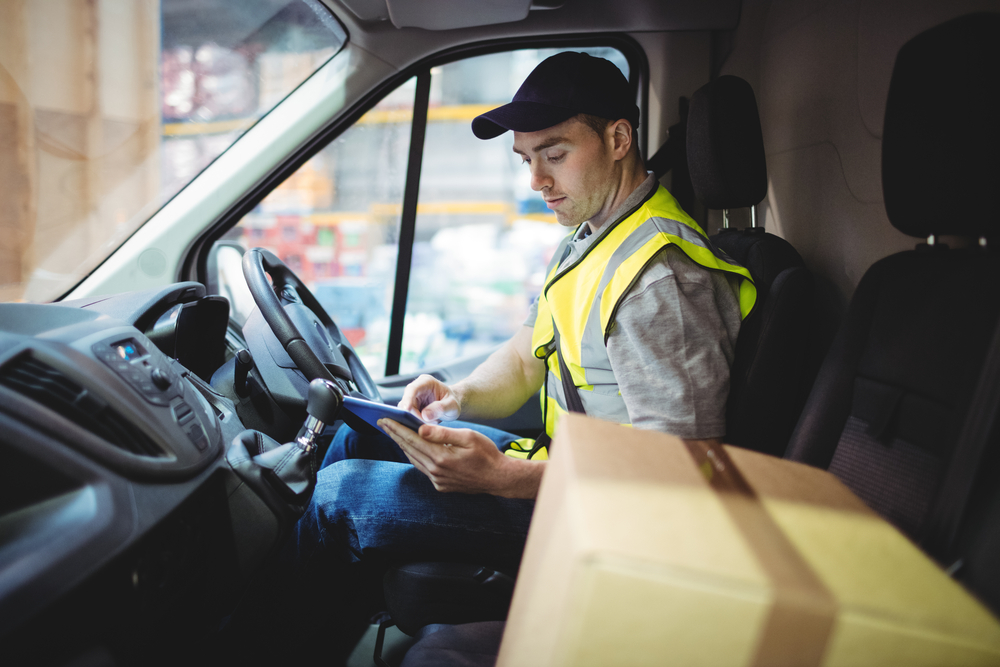View all of our Compliance Solutions


Fleet vehicles are often among businesses' most important assets, and protecting them should be at the top of a fleet manager's priority list. Vehicle trackers can increase driver performance and safety, decrease fleet fuel costs and alert you to any suspicious activity or theft.
At Motia, we offer the option to have hardwired vehicle trackers installed professionally by our engineers as well as plug and play vehicle trackers so you can install them by yourself.
In this article, we explain how each type of vehicle tracker works, as well as provide a step-by-step guide on how to install your own vehicle tracker. Find out everything that telematics vehicle tracking technology tracks here.
At Motia, we provide two different types of vehicle trackers for your fleet. This way, you can choose the one that best fits your business needs. We have an option to suit most budgets and the technology to satisfy even the highest security standards.
So, which GPS tracker for your car is best for your fleet business?
Professionally installed car tracking devices are securely hardwired into the vehicle's cab, ensuring they are tamper-proof. This type of tracker adds an extra layer of security and reliability. Because hardwired vehicle tracking devices require an engineer for installation, they must be set up through wired connections under the dashboard. Although they require more time and labour to install, they come with many benefits such as being able ot collect more data than other tracking devices. This data can then be used to monitor fleet performance and driver behaviour more closely. Find out how fleet management software can benefit your business here.
Self-installed vehicle trackers allow you to easily install the tracker yourself without the need to arrange a visit from an engineer. The ease of installation increases the portability of your tracker, which can be useful if your fleet has high turnover volumes or short-term seasonal fleets. Because you do not need an engineer to install the tracker, this can decrease costs, as you will not need professional installation, and therefore, vehicle downtime may be lower. Although easy installation comes with many benefits, the downside is that they are easier to remove and therefore easier to steal or tamper with. Because self-installed vehicle trackers aren’t hardwired, the data is often limited to only vehicle engine data, including mileage and ignition status.
If you’ve decided you prefer the option to install your own vehicle tracker, we have created this step-by-step guide to help your installation process go as smoothly as possible.

Firstly, you’ll need to locate your vehicle's OBD-II port. This port is located under the steering wheel and is easy to spot because it is large.

You can plug your vehicle tracker straight into the OBD-II port, and it will instantly be ready to work.

Connecting your vehicle tracker to your chosen software should only take a matter of minutes. After connecting, take the car for a short drive to allow the tracker to start gathering data.
At Motia, we offer flexible pricing so that you only pay for the tracking features you need, helping you save money on your fleet costs.
We also provide:
Our trackers also connect to other Motia solutions, such as cameras, remote tachograph downloaders, and DVS AI-powered cameras, so you can benefit from a well-connected all-in-one fleet service.
Discover all of our telematics solutions here, or contact us today for further questions and advice about which option would be best for your fleet business.